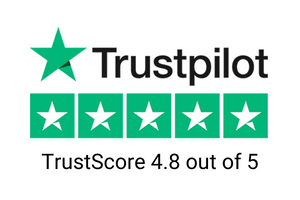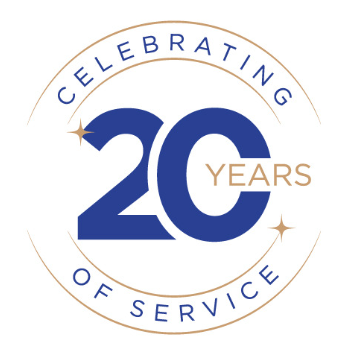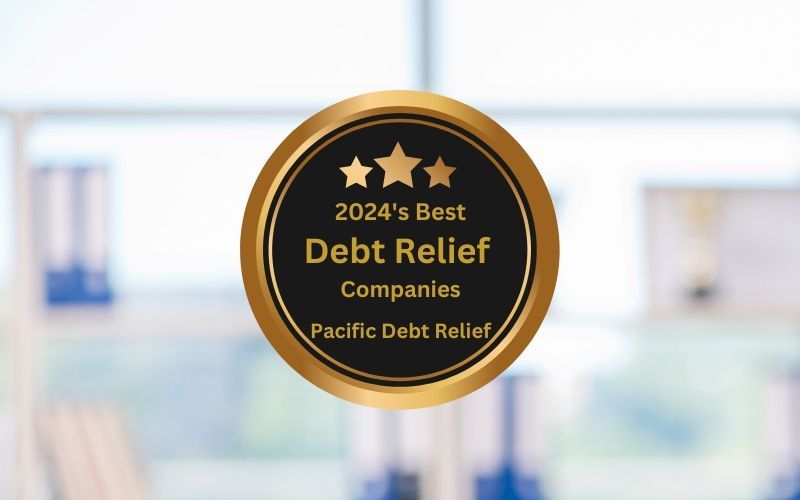Last Updated: November 08, 2023
The Best Budgeting Apps of 2018

Budgeting apps have surged in popularity in recent years as useful tools to manage personal finances. By automatically connecting to bank accounts and credit cards, these apps can track income and spending with minimal effort from the user. Budgeting apps harness the latest technology like AI and machine learning to automatically categorize transactions and provide insights into spending habits.
Key features of budgeting apps include:
- Automatic import of transactions from connected accounts
- Categorization of spending using machine learning
- Setting budgets and spending goals
- Notifications when approaching or exceeding limits
- Charts and graphs to visualize spending
- Bill reminders and calendars
- Available on mobile and the web for convenience
With these features, budgeting apps can help users spend consciously, save towards goals, and avoid debt. They are available in both free and paid versions. Discovering what's the best free budget planner can be pivotal in choosing the right app for your needs. While free options provide excellent budgeting capabilities, paid alternatives like You Need A Budget offer additional features like customized reports, account aggregation, and live chat support.
Most people believe in the power of budgeting; some people think it’s just an excuse to avoid the real solution. Richard Quinn, a retired VP of Compensation and Benefits with over 50 years of experience in managing pension and 401k plans for a fortune 200 company, offers some profound advice about budgeting. One particular thing he mentioned about budgeting apps will strike a chord with most budgeting experts. According to Quinn, “Nobody needs an app. They don’t even need a budget. They need to do a few simple things: Take their net pay and save 10% or more, throw away all credit cards, buy what you can afford only and spend all you want after fixed expenses. No budget needed.” What Quinn suggests may shock some at first, but it makes sense. Essentially what he is asking is for you to be smart with your money. Stop spending it first and start saving it first.
Yet, there remains a virtue in budgeting apps that might be overlooked in Quinn’s suggestion. What a budgeting app does is it disciplines and trains you to be the type of spender that Quinn envisions. If you have already achieved a high level of self control, you don’t need an app; in that case, as Quinn says, you don’t even need a budget. For the rest of us—those who are still learning to spend wisely and save regularly—we need a bit of help. Here are the best budgeting apps for those who need extra help in 2018.
YNAB (You Need a Budget)
Budgeting apps come in all shapes in sizes. The best one will mostly depend on your personal taste, but for Larry Ludwig, Founder of Investor Junkie, “YNAB is the clear winner.” Ludwig explains that YNAB is his favorite for its simplicity and lack of confusing “bells and whistles” and notes that “for a first time budgeter, it’s important not to intimidate them with a complicated user experience.”
The app’s website explains its method in three simple steps: “Get some dollars, prioritize those dollars, and follow the plan.” Those who are in debt are often swamped by numbers and projections of how much they need to spend or save. YNAB is a simple solution to get you back on track or stay on track. YNAB stands out with its simple, easy-to-use interface. It follows a proven method of giving every dollar a "job" so users can avoid overspending.
Key features include:
- Easy-to-use envelope-style budgeting
- Flexible enough for variable income
- Encourages saving with age of money metric
- Useful workshops and resources
Honeyfi
One of the coolest new budgeting apps is called Honeyfi, made for not only helping one person manage finances, but helps two at the same time. Most married couples have a hard time negotiating spending limits, individual allowances, and other finance rules. In the words of Sam Schultz, Co-Founder of Honeyfi, the free app seeks to solve that problem by helping “couples save more money, pay down more debt, and make better decisions.”
Featured in HuffPost, MSN, and Entrepreneur, Schultz explains that the app does “spark a lot of communication IRL” and that it also allows “users to decide how much to share with their partner for each account (balances and/or transactions).” If you’re a couple looking to manage not one, but two different budgets, Honeyfi is a great option.
Honeyfi is a budgeting app designed for couples and shared budgeting. With a playful, game-like interface, it aims to reduce financial arguments between partners. Honeyfi allows both joint and individual budgets with customizable transparency settings.
Key features include:
- Joint and individual budgets
- Customizable spending rules
- Transparency settings for purchases
- Dispute resolution for purchases
- Playful interface to reduce money fights
- Option for private personal budgets
Mint
According to Brian Bartold, a licensed insurance professional with VFG Associates in Livonia, MI, the best overall budgeting app is Mint. This app lets you link “everything to the app including your credit cards, bank accounts and any brokerage or IRA accounts you have.” Though it might not have the speciality in helping couples like Honeyfi, Mint allows for more in-depth budgeting. Bartold also explains that Mint “also works with TurboTax and QuickBooks, two very popular programs for managing your taxes and bills.”
Even though Mint isn’t quite as cut and dry as other apps, it does simplify more complicated budgeting issues, like losing a job or going through a divorce, in a very helpful way. This simplification is possible because the app puts all financial processes in one place. Bartold explains this, saying “you may work with an insurance agent, stock broker, someone in your 401(k) department, all while doing stuff you are doing on your own. All those things are not being managed in one specific area. Using an app that combines everything you’re doing can make planning and budgeting simpler.” Mint is a great option for those with more money to budget and more financial issues to maneuver.
PocketGuard
The best part of the PocketGuard app is that it lets users link directly to their bank accounts so that all transactions and balances are current. As opposed to many other budgeting apps, PocketGuard is more focused on spending projections than it is past history. Because of this, the app can let you know how much pocket change you have to spend on any given day or even month. The app is a great alternative to Mint or YNAB if those apps aren’t to your liking.
As Richard Quinn pointed out, the best budgeting system available is your own persistence and determination. The purpose of a budgeting app should be to make your savings methods become habitual. Whether it’s Mint, PocketGuard, Honeyfi, YNAB, or some other budgeting app, make sure you are learning self-sufficiency and responsible spending. The most efficient budgeting tool should be your habits.
Alternatives
Alongside digital tools, traditional methods like the envelope budgeting system continue to offer valuable ways to manage money. This method involves allocating cash to envelopes categorized by expenses, helping to avoid overspending. For those who prefer tangible budgeting tactics or are looking to combine digital and physical methods, learning envelope budgeting 101 can be a beneficial skill.
Structuring your budget is crucial for financial success, and various principles can guide this process. One popular method is the 50/30/20 rule, which suggests allocating 50% of your income to necessities, 30% to wants, and 20% to savings and debt repayment. Understanding and applying
the 50/30/20 budget rule can simplify financial decisions and help maintain a balanced budget.
FAQs
Conclusion
Budgeting apps provide digital tools to simplify and streamline personal finance management. Selecting the right budgeting app depends on your needs - whether you want detailed investment tracking, couples budgeting, or simple cash flow analysis. Look for an app with an intuitive interface that syncs seamlessly with your financial accounts. Consider free apps like Mint or PocketGuard to start.
YNAB and Honeyfi offer excellent paid options. Read reviews and compare features across apps. With consistent use of a budgeting app that fits your lifestyle, you can gain control of your finances, achieve savings goals, and build healthy money habits. The automation and insights of a budgeting app make it easier than ever to manage your money wisely.
If you are struggling with overwhelming debt and want to explore your debt relief options, Pacific Debt Relief offers a
free consultation to assess your financial situation and debt-free. Our debt specialists can provide objective guidance relevant information and support to help find the right debt relief solution.
Reduce Your Credit Card Debt By Up to Half

BBB Reviews | 4.9/5.0 Rating









 Do Not Sell My Personal Information
Do Not Sell My Personal Information